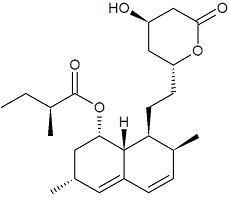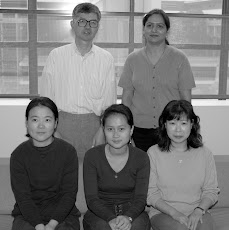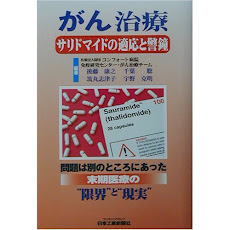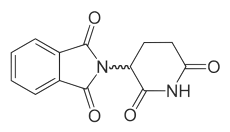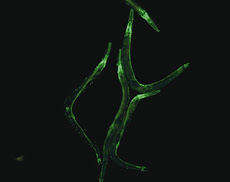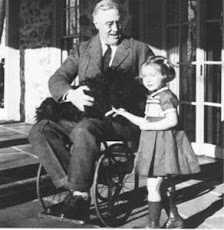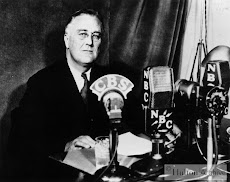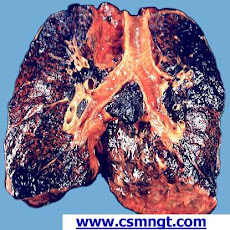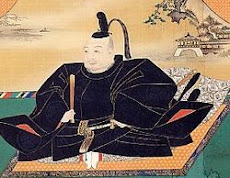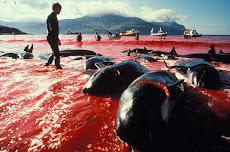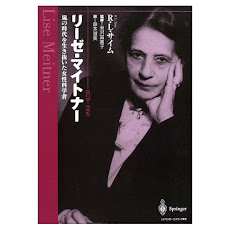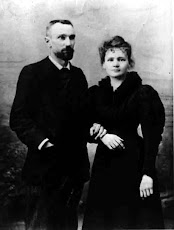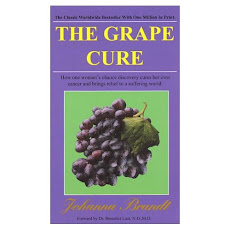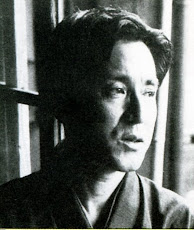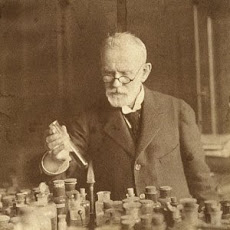Thalidomide, an old pill used for morning sickness, that causes "teratogenesis"
(limb under-development ) of embryos in the womb of so many pregnant women
during 1950s, also blocks the tumor-induced angiogenesis and inflammation.
Thus, it would be potentially useful for the treatment of solid tumors and
inflammation such as arthritis in "non-pregnant" patients. However, the
molecular mechanism underlying these multi-functions of this drug remained
to be clarified until recently. In 2008, a group led by Juergen Knobloch
at Heinrich Heine University, Duesseldorf, Germany, found that this drug
stabilizes the tumor suppressor PTEN, and thereby blocking the oncogenic
kinases PAK1 and AKT, which are involved in both angiogenesis and inflammation.
as well as limb formation. Thus, like FK228, the most potent HDAC inhibitor
still in clinical trials (phase 2), that eventually activates PTEN gene,
thalidomide would be potentially useful for the therapy of these PAK1/AKT-dependent
diseases. Since this drug passes BBB (blood brain barrier), it would be
effective to suppress the growth of PAK1-dependent brain tumors such as
glioma, NF (neurofibromatosis, in particular NF2) and TSC (tuberous sclerosis)
tumors.
Interestingly, thalidomide causes teratogenesis in human, rabbit and chicken,
but never in either mouse or rat. Why? The same group found the major
reason: this drug induces the taratogenic superoxide, but in mouse and
rat cells an anti-oxidant called GSH (glutathione) is extremely abundant,
compared with human, rabbit and chicken counterparts, and bleaches the superoxide,
so that this drug fails to cause the teratogenesis (under-development of
limbs) in mouse or rat embryos. If the preclinical toxicity test of this
drug were conducted in "pregnant" chicken or rabbit, instead of "pregnant"
mouse or rat, its teratogenic effect had been found, before it was used world-
wide as a pill for pregnant women's morning sickness! Anyhow, a strong anti-
oxidant would protect embryos from the thalidomide-induced teratogenesis
(birth of so-called "angel babies").
It would be worth pointing out that a series of thalidomide derivatives have
been developed by the US company "Celgene" around 2004, and one of them
called "CC-5013" is water-soluble and non-teratogenic, although it is still
anti-angiogenic and anti-inflammatory. In other words blocking angiogenesis
alone would not cause the teratogenesis! CC-5013 is currently in clinical
trials for solid tumors such as MM (multiple myeloma) and inflammatory diseases.
Cereblon: Thalidomide's target for its teratogenesis
http://news.sciencemag.org/sciencenow/2010/03/-thalidomide-ranks-as-one.html
In March this year, a group led by Hiroshi Handa at Tokyo Institute of
Technology (TIT) in Japan, found a direct target of thalidomide that causes
teratogenesis: It is a protein called "cereblon" which is associated with
proteasome (proteolytic complex). Binding of this drug to "cereblon" blocks
the ubiquitin-dependent proteolysis of many proteins, presumably including the tumor
suppressor "PTEN". So I wonder if the non-teratogenic derivatives of thalidomide
such as CC-4047 and CC-5013 developed by "Celgene", which are currently
used mainly for the therapy of the PAK-dependent cancer "MM" (multiple myeloma)
and inflammatory diseases, no longer bind this "cereblon" or not...
2010年5月14日金曜日
2010年5月8日土曜日
PF-3758309, A New Potent "PAK1/PAK4-6" Inhibitor
A group led by Brion Murray at Pfizer Oncology in San Diego recently developed
a new potent synthetic anti-cancer drug called "PF-3758309" (in short we call
「UNーPAK309」) which inactivates selectively a few members of PAK
family kinases, namely PAK1 as well as group B PAKs (PAK 4-6). It suppresses
the growth of human cancer cells with the IC50 around 5 nM. In vivo (xenografts
in mice), it strongly suppresses the growth of several human cancers at
doses (10-20 mg/kg, twice a day, oral administration). Among the most sensitive
cancers to this drugs are colon, breast, and lung cancers as well as melanoma.
Since brain tumors such as glioma, NF (neurofibromatosis, in particular
NF2) and TSC (tuberous sclerosis) tumors require at least the oncogenic kinase
PAK1 for their growth, in principle, this drug could suppress their growth,
if it is able to pass the BBB (blood brain barrier), as does Bio 30, a CAPE
(caffeic acid phenethyl ester) -rich NZ propolis extract (25 mg/kg, oral,
daily) which selectively blocks the oncogenic PAK1 signaling. According to
Brion, an enzymologist and kinase expert, at least an analogue of this
compound passes the BBB. That is very encouraging!
新規なPAK遮断剤"PF-3758309"
今月初めに、米国カルフォルニア州サンディゴにある世界最大の製薬会社
「ファイザー」の制癌剤開発部が、新規なPAK遮断剤を開発した。化学名は
「PFー3758309」(略称「UNーPAK309」)、人工的に合成された化学薬品
で、PAKファミリーに属するキナーゼの内、主に(発癌性の強い)PAK1と
PAK4ー6を選択的に阻害する薬剤である。細胞培養系で、癌細胞の増殖を
極めて低濃度(IC50=5 nM)で阻害する。ヒト由来の癌を移植したヌード
マウスを、この薬剤で処理(経口投与、日に2回、10ー20mg/kg)すると、
(大腸癌、乳癌、肺癌、メラノーマなど)数種の癌が50%以上の増殖阻害を示す。
脳腫瘍(グリオーマ、NF腫瘍、TSC腫瘍など)の増殖は、PAK1依存性なので、
もし、この薬剤がBBB (血液脳関門)を通過しうるならば、これらの脳腫瘍の
治療にも、将来(恐らく、臨床テストが全部完了するだろう2020年頃には、
世界的に市販され始め)、役立つかもしれない。。。
The Key to Survive Cancers: Un-PAK-Ing for the Longevity
Hiroshi Maruta,
NF CURE Japan, Melbourne, Australia
PREFACE:
PAK is a family of Ser/Thr kinases, present in all eukaryotes from yeast to human, that are activated by GTPases RAC and CDC42. PAK family kinases, in particular PAK1, are required for the growth of more than 70% of all human cancers, in particular solid tumors such as breast, prostate, pancreatic, colon, gastric, lung, cervical, ovarian, and thyroid cancers as well as glioma, melanoma, hepatoma, MM (multiple myeloma), NF (neurofibromatosis) and TSC (tuberous sclerosis). PAK1 is essential not only for the malignant (anchorage-independent) growth of cancer cells, but also for their metastasis and angiogenesis. Furthermore, it is not essential for the normal cell growth. Thus, synthetic chemicals or natural products, that un-PAK (block the oncogenic PAK1 signaling), would be useful for the therapy of these PAK1-dependent tumors, without any adverse effect on normal tissues. Although only a few un-PAKing (anti-PAK) chemicals such as DPM (dipyridamole), Metformin, and SAHA, are currently available on the market, a variety of natural anti-PAK products are available on the market, and the latter are very inexpensive and far safer. These include a bee product called propolis, curcumin in Indian curry, berberine, resveratrol in red grapes, capsaicin/capsiate in Chili pepper or its non-pungent variant, (Chinese or Okinawa) bitter melons, Sichuan pepper and an old antibiotic called Ivermectin.
More interestingly, these natural anti-PAK products activate another kinase called LKB1, a tumor suppressor that activates another kinase called AMPK (AMP-activated kinase), and inactivates PAK1 simultaneously. Eventually the tumor suppressive LKB1-AMPK signaling cascade activates not only GLUT-4, a glucose transporter essential for uptake of blood glucose into cells, but also the tumor suppressive transcription factor called "FOXO" which is essential for the longevity. Also AMPK activators are known to stimulate lipid metabolism (consumption). Thus, the anti-PAK products would be useful for the therapy of both type 2 (insulin-resistant) diabetes and obesity, and eventually serve as elixirs that promote the longevity in good health.
It should also be worth noting that there are several non-cancerous diseases which require the kinase PAK1: AIDS (HIV-infection), inflammatory diseases such as asthma and arthritis, neuronal degenerating diseases such as Alzheimer's (AD) and Huntington's (HD), and an autism called Fragile X-syndrome. These PAK1-dependent diseases could also be treated by these anti-PAK products. Thus, the potential market value of these anti-PAK products, either synthetic chemicals or natural products, would be huge in the future. Here an inexpensive and quick in vivo system using a tiny glowing "GFP-HSP16" nematode (CL2070) is introduced, that would facilitate the screening for anti-PAK products, and eventually could be revolutionized by the automation on 96-well micro-titer plates with a fluorescence reader.
In the end, I shall introduce two potent anti-PAK drugs, FK228 and UN-PAK309, which are in clinical trials for cancers. FK228 is the most potent HDAC (histone deacetylase) inhibitor which eventually blocks PAK1 with the IC50 far below 1 nM in cells. UN-PAK309 is the direct PAK1 inhibitor with the IC50 around 5 nM in cells. Although FK228 fails to pass the BBB (blood brain barrier), it is likely that UN-PAK309 passes the BBB, suggesting that the latter could be useful for the therapy of brain tumors such as glioma, NF and TSC tumors in the future.
a new potent synthetic anti-cancer drug called "PF-3758309" (in short we call
「UNーPAK309」) which inactivates selectively a few members of PAK
family kinases, namely PAK1 as well as group B PAKs (PAK 4-6). It suppresses
the growth of human cancer cells with the IC50 around 5 nM. In vivo (xenografts
in mice), it strongly suppresses the growth of several human cancers at
doses (10-20 mg/kg, twice a day, oral administration). Among the most sensitive
cancers to this drugs are colon, breast, and lung cancers as well as melanoma.
Since brain tumors such as glioma, NF (neurofibromatosis, in particular
NF2) and TSC (tuberous sclerosis) tumors require at least the oncogenic kinase
PAK1 for their growth, in principle, this drug could suppress their growth,
if it is able to pass the BBB (blood brain barrier), as does Bio 30, a CAPE
(caffeic acid phenethyl ester) -rich NZ propolis extract (25 mg/kg, oral,
daily) which selectively blocks the oncogenic PAK1 signaling. According to
Brion, an enzymologist and kinase expert, at least an analogue of this
compound passes the BBB. That is very encouraging!
新規なPAK遮断剤"PF-3758309"
今月初めに、米国カルフォルニア州サンディゴにある世界最大の製薬会社
「ファイザー」の制癌剤開発部が、新規なPAK遮断剤を開発した。化学名は
「PFー3758309」(略称「UNーPAK309」)、人工的に合成された化学薬品
で、PAKファミリーに属するキナーゼの内、主に(発癌性の強い)PAK1と
PAK4ー6を選択的に阻害する薬剤である。細胞培養系で、癌細胞の増殖を
極めて低濃度(IC50=5 nM)で阻害する。ヒト由来の癌を移植したヌード
マウスを、この薬剤で処理(経口投与、日に2回、10ー20mg/kg)すると、
(大腸癌、乳癌、肺癌、メラノーマなど)数種の癌が50%以上の増殖阻害を示す。
脳腫瘍(グリオーマ、NF腫瘍、TSC腫瘍など)の増殖は、PAK1依存性なので、
もし、この薬剤がBBB (血液脳関門)を通過しうるならば、これらの脳腫瘍の
治療にも、将来(恐らく、臨床テストが全部完了するだろう2020年頃には、
世界的に市販され始め)、役立つかもしれない。。。
The Key to Survive Cancers: Un-PAK-Ing for the Longevity
Hiroshi Maruta,
NF CURE Japan, Melbourne, Australia
PREFACE:
PAK is a family of Ser/Thr kinases, present in all eukaryotes from yeast to human, that are activated by GTPases RAC and CDC42. PAK family kinases, in particular PAK1, are required for the growth of more than 70% of all human cancers, in particular solid tumors such as breast, prostate, pancreatic, colon, gastric, lung, cervical, ovarian, and thyroid cancers as well as glioma, melanoma, hepatoma, MM (multiple myeloma), NF (neurofibromatosis) and TSC (tuberous sclerosis). PAK1 is essential not only for the malignant (anchorage-independent) growth of cancer cells, but also for their metastasis and angiogenesis. Furthermore, it is not essential for the normal cell growth. Thus, synthetic chemicals or natural products, that un-PAK (block the oncogenic PAK1 signaling), would be useful for the therapy of these PAK1-dependent tumors, without any adverse effect on normal tissues. Although only a few un-PAKing (anti-PAK) chemicals such as DPM (dipyridamole), Metformin, and SAHA, are currently available on the market, a variety of natural anti-PAK products are available on the market, and the latter are very inexpensive and far safer. These include a bee product called propolis, curcumin in Indian curry, berberine, resveratrol in red grapes, capsaicin/capsiate in Chili pepper or its non-pungent variant, (Chinese or Okinawa) bitter melons, Sichuan pepper and an old antibiotic called Ivermectin.
More interestingly, these natural anti-PAK products activate another kinase called LKB1, a tumor suppressor that activates another kinase called AMPK (AMP-activated kinase), and inactivates PAK1 simultaneously. Eventually the tumor suppressive LKB1-AMPK signaling cascade activates not only GLUT-4, a glucose transporter essential for uptake of blood glucose into cells, but also the tumor suppressive transcription factor called "FOXO" which is essential for the longevity. Also AMPK activators are known to stimulate lipid metabolism (consumption). Thus, the anti-PAK products would be useful for the therapy of both type 2 (insulin-resistant) diabetes and obesity, and eventually serve as elixirs that promote the longevity in good health.
It should also be worth noting that there are several non-cancerous diseases which require the kinase PAK1: AIDS (HIV-infection), inflammatory diseases such as asthma and arthritis, neuronal degenerating diseases such as Alzheimer's (AD) and Huntington's (HD), and an autism called Fragile X-syndrome. These PAK1-dependent diseases could also be treated by these anti-PAK products. Thus, the potential market value of these anti-PAK products, either synthetic chemicals or natural products, would be huge in the future. Here an inexpensive and quick in vivo system using a tiny glowing "GFP-HSP16" nematode (CL2070) is introduced, that would facilitate the screening for anti-PAK products, and eventually could be revolutionized by the automation on 96-well micro-titer plates with a fluorescence reader.
In the end, I shall introduce two potent anti-PAK drugs, FK228 and UN-PAK309, which are in clinical trials for cancers. FK228 is the most potent HDAC (histone deacetylase) inhibitor which eventually blocks PAK1 with the IC50 far below 1 nM in cells. UN-PAK309 is the direct PAK1 inhibitor with the IC50 around 5 nM in cells. Although FK228 fails to pass the BBB (blood brain barrier), it is likely that UN-PAK309 passes the BBB, suggesting that the latter could be useful for the therapy of brain tumors such as glioma, NF and TSC tumors in the future.
2010年5月7日金曜日
抗癌性の海洋産物「SZー685C」はPAK遮断剤!
2010年になって、中国の広東省にある孫文大学のジー・ユアン(袁)教授の
研究室が南シナ海沿岸のマングローブに寄生するカビの一種が生産する抗生物質
で、アントラキノン誘導体「SZー685C」が抗癌作用を持つことを発見した。
この抗癌メカニズムを研究しているうちに、発癌性のあるキナーゼであるAKT
とPAK1が抑制されていることを見つけた。というのは、これらのキナーゼは、
その下流にある抗癌性の転写蛋白「FOXO3a」と「FOXO1」をそれぞれ
燐酸化して、失活させることが既にわかっていたが、この抗生物質が乳癌細胞中
のこれらのFOXOの燐酸化を強く抑えることを突き止めた。 従って、この海洋
産物は、癌やNFなどのPAK依存性の難病を治癒するばかりでなく、FOXOを
介して寿命を延ばす効果もあることが示唆される。更に、面白いことには、
この抗生物質の化学構造がPAK遮断剤である「エモディン」に極めて類似
している。 従って、「エモディン」同様、AMPKを活性化して、血糖値を下げ
ることによって、タイプ2型の糖尿病の治療にも役立つという可能性も出てきた。
研究室が南シナ海沿岸のマングローブに寄生するカビの一種が生産する抗生物質
で、アントラキノン誘導体「SZー685C」が抗癌作用を持つことを発見した。
この抗癌メカニズムを研究しているうちに、発癌性のあるキナーゼであるAKT
とPAK1が抑制されていることを見つけた。というのは、これらのキナーゼは、
その下流にある抗癌性の転写蛋白「FOXO3a」と「FOXO1」をそれぞれ
燐酸化して、失活させることが既にわかっていたが、この抗生物質が乳癌細胞中
のこれらのFOXOの燐酸化を強く抑えることを突き止めた。 従って、この海洋
産物は、癌やNFなどのPAK依存性の難病を治癒するばかりでなく、FOXOを
介して寿命を延ばす効果もあることが示唆される。更に、面白いことには、
この抗生物質の化学構造がPAK遮断剤である「エモディン」に極めて類似
している。 従って、「エモディン」同様、AMPKを活性化して、血糖値を下げ
ることによって、タイプ2型の糖尿病の治療にも役立つという可能性も出てきた。
2010年5月5日水曜日
OSU-03012: How can this direct PAK1 inhibitor
activate the kinase AMPK?
So far all these anti-PAK1 products that activate the tumor suppressing
LKB1/AMPK kinase cascade are natural products (CAPE, curcumin, resveratrol,
capsaicin/capsiate, emodin, metformin and salidroside) and not ATP antagonists
that bind directly the ATP-binding pocket of the oncogenic kinase PAK1.
However, according to the 2007 paper from Mathew Ringel's group at OSU (Ohio
State University), the synthetic chemical compound 「OSU-03012」 is clearly
an ATP antagonist that binds the ATP-binding pocket of PAK1 and inactivate
this kinase. Interestingly, in 2010 Chang Fang Chiu's group at China
Medical University in Taiwan found that this ATP antagonist activates AMPK,
but only in the presence of “Gleevec” (ABL/c-Kit inhibitor)...
Well, in a common sense of enzymologists, it is very unlikely that
the ATP antagonist (competitive inhibitor!) activate this kinase by
its direct binding to the ATP-binding pocket of AMPK or its activator LKB1.
Thus, it is more likely that its inhibition of PAK1 indirectly leads to
the activation of the LKB1-AMPK cascade somehow. The most likely scenario
would be that PAK1 normally inactivates either LKB1 or AMPK, and OSU-03012
reactivates this kinase cascade by blocking PAK1. If this notion is proven
to be true, the "equation" (Un-PAKing=Activating LKB1/AMPK) for health and
longevity would be fully established in both directions:
LKB1 inactivates PAK1, and PAK1 inactivates LKB1/AMPK.
In this context, it would be of great interest to note that the tumor suppressor
"Merlin", an NF2 gene product, directly inactivates the oncogenic kinase
PAK1, whereas PAK1 phosphoryaltes "Merlin" at Ser 518 to inactivate its
tumor suppressor activity. Such a precedent makes us imagine (laterally
think!) that the tumor suppressor LKB1 inactivates PAK1, whereas PAK1 blocks
the tumor suppressive LKB1/AMPK kinase cascade.
LKB1/AMPK kinase cascade are natural products (CAPE, curcumin, resveratrol,
capsaicin/capsiate, emodin, metformin and salidroside) and not ATP antagonists
that bind directly the ATP-binding pocket of the oncogenic kinase PAK1.
However, according to the 2007 paper from Mathew Ringel's group at OSU (Ohio
State University), the synthetic chemical compound 「OSU-03012」 is clearly
an ATP antagonist that binds the ATP-binding pocket of PAK1 and inactivate
this kinase. Interestingly, in 2010 Chang Fang Chiu's group at China
Medical University in Taiwan found that this ATP antagonist activates AMPK,
but only in the presence of “Gleevec” (ABL/c-Kit inhibitor)...
Well, in a common sense of enzymologists, it is very unlikely that
the ATP antagonist (competitive inhibitor!) activate this kinase by
its direct binding to the ATP-binding pocket of AMPK or its activator LKB1.
Thus, it is more likely that its inhibition of PAK1 indirectly leads to
the activation of the LKB1-AMPK cascade somehow. The most likely scenario
would be that PAK1 normally inactivates either LKB1 or AMPK, and OSU-03012
reactivates this kinase cascade by blocking PAK1. If this notion is proven
to be true, the "equation" (Un-PAKing=Activating LKB1/AMPK) for health and
longevity would be fully established in both directions:
LKB1 inactivates PAK1, and PAK1 inactivates LKB1/AMPK.
In this context, it would be of great interest to note that the tumor suppressor
"Merlin", an NF2 gene product, directly inactivates the oncogenic kinase
PAK1, whereas PAK1 phosphoryaltes "Merlin" at Ser 518 to inactivate its
tumor suppressor activity. Such a precedent makes us imagine (laterally
think!) that the tumor suppressor LKB1 inactivates PAK1, whereas PAK1 blocks
the tumor suppressive LKB1/AMPK kinase cascade.
登録:
投稿 (Atom)












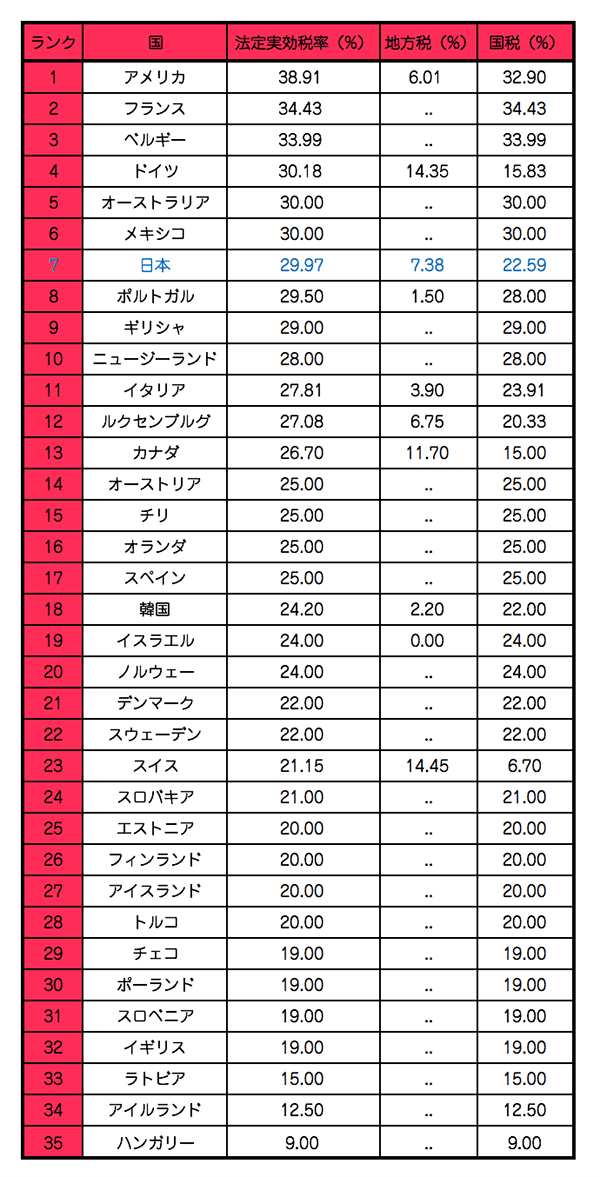
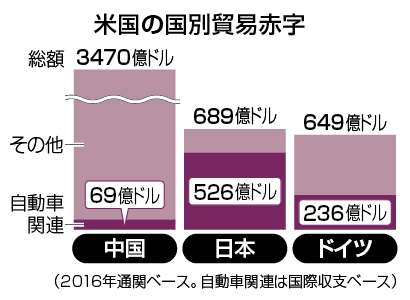




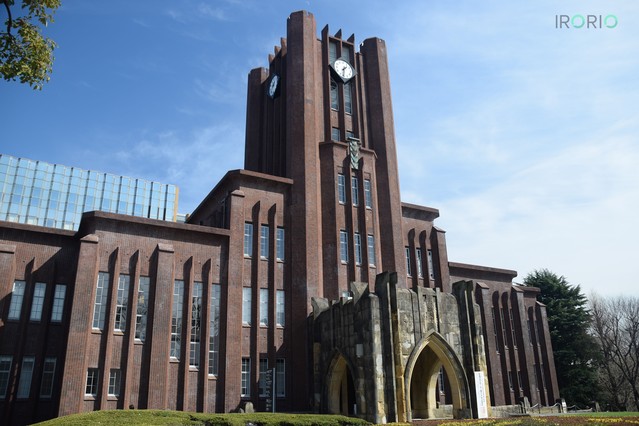



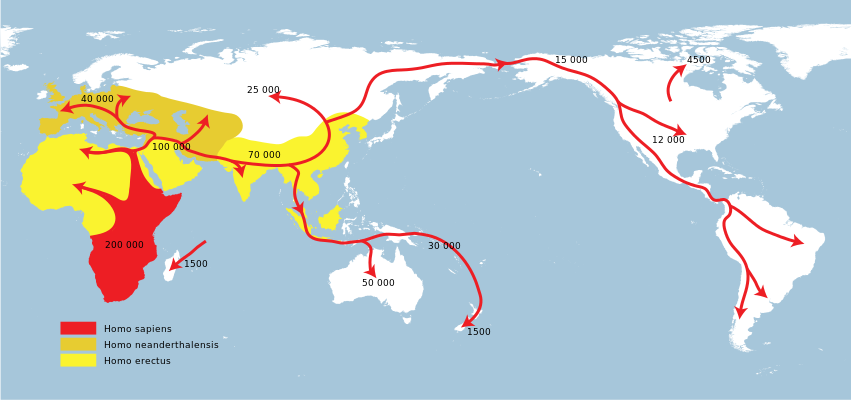
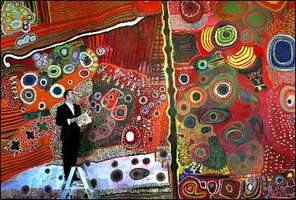
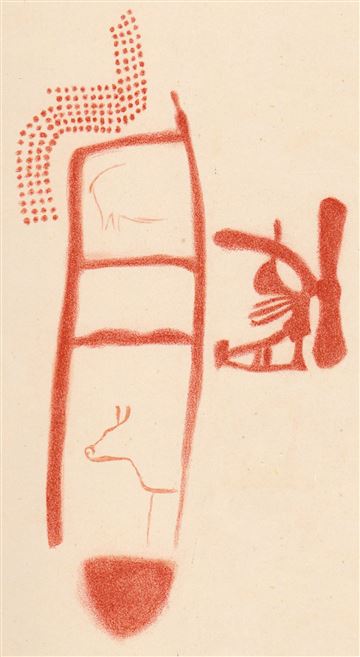






































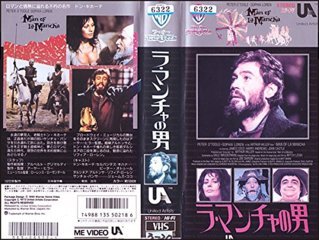



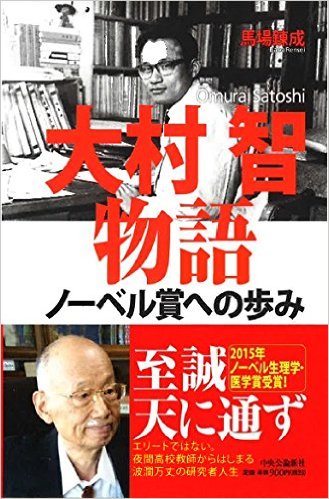
![リオ五輪男子体操団体:日本(金)、ロシア[銀]、中国[銅]。](http://3.bp.blogspot.com/-7q_XszKg7vA/V6mI-t59rVI/AAAAAAAACcw/MiEfTgaGZh8NHgyKBhAXLbjlZhMp_HFFACK4B/s1600/2016%2Btaiso%2Bgold.jpg)
![皇太子(明仁)による沖縄訪問 [1975年]](http://1.bp.blogspot.com/-L0qAmO3QeV0/V6hONyWrSAI/AAAAAAAACcg/QEn-QeyPHO8t2fcKWuBQrJnDmtXY15nSgCK4B/s1600/akihito%2Bmessage.jpg)











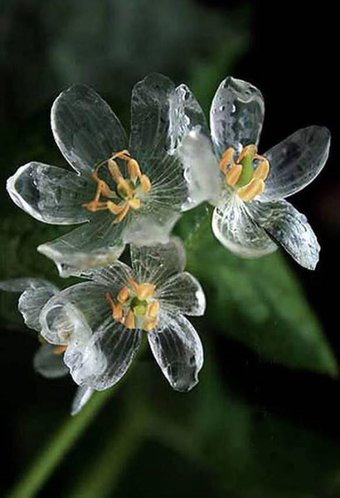
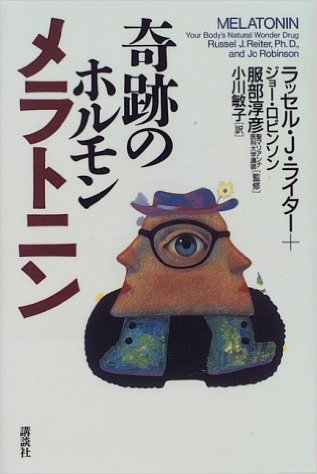

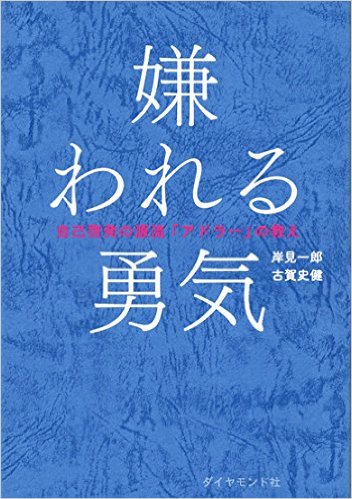


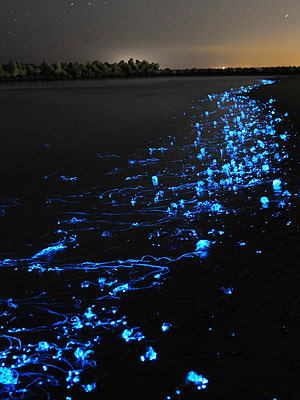

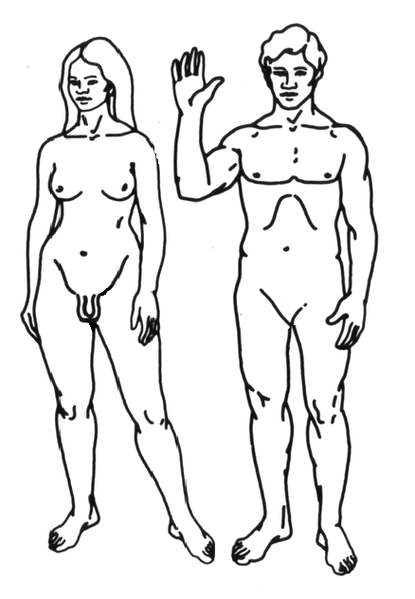


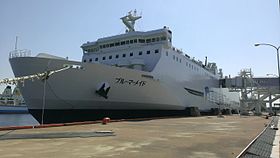


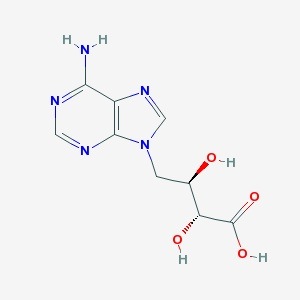







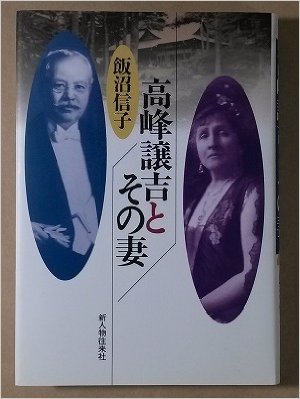

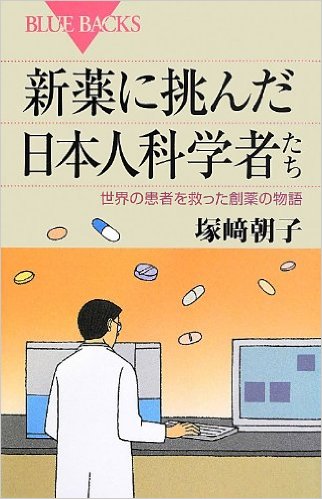
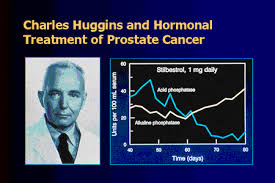















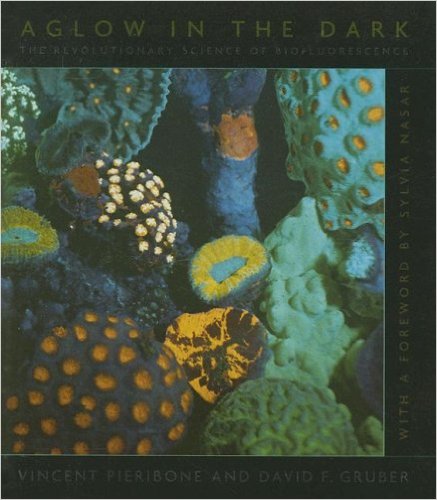










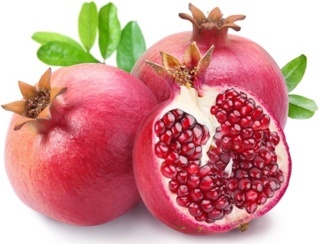














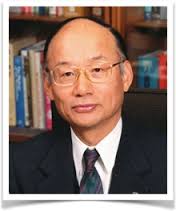





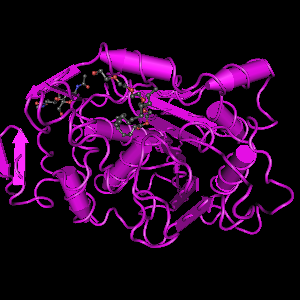


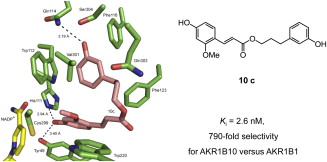

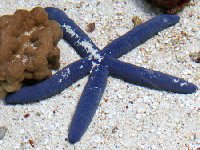










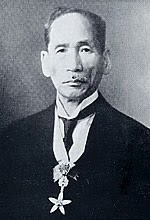


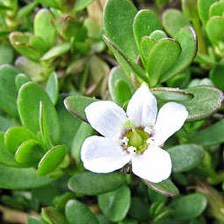










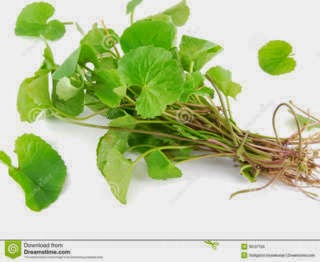
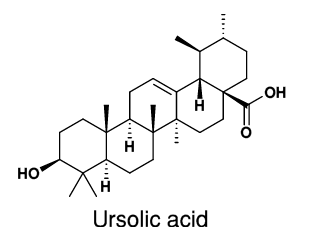


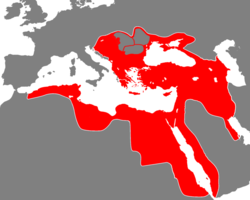



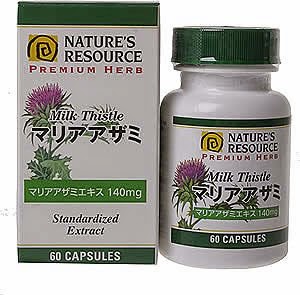







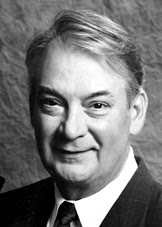


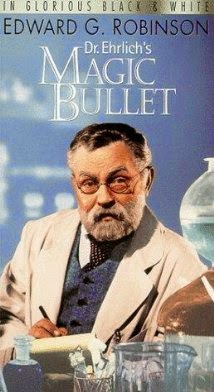


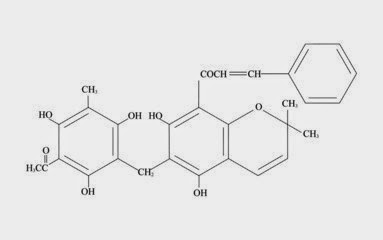




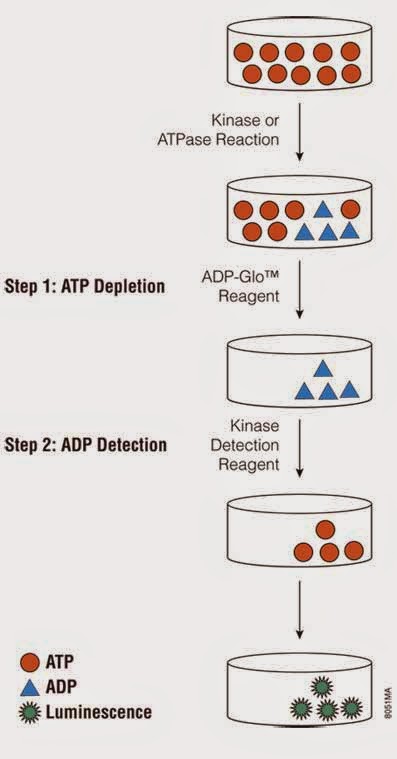







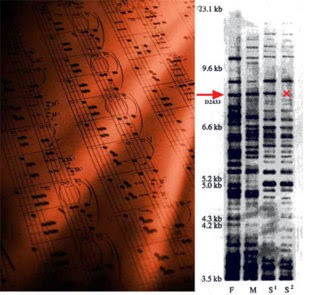



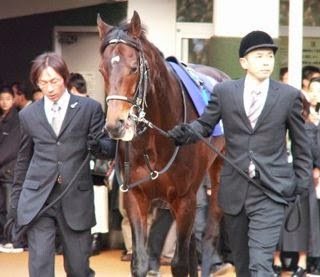
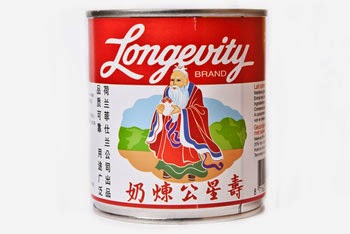






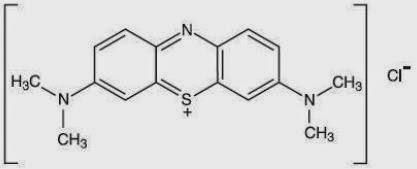
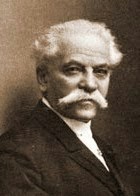
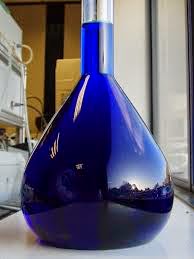





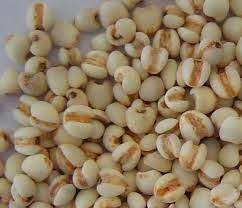

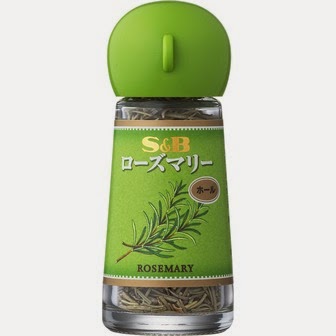
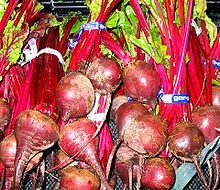







![アルニカ [ウサギ菊]](http://1.bp.blogspot.com/--200bJcgtXQ/U8tHkUxWGLI/AAAAAAAABRs/dvhBOaIpQhY/s1600/ArnicaS.jpg)




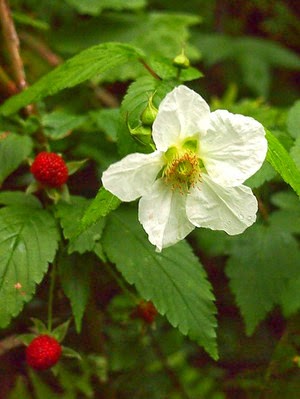


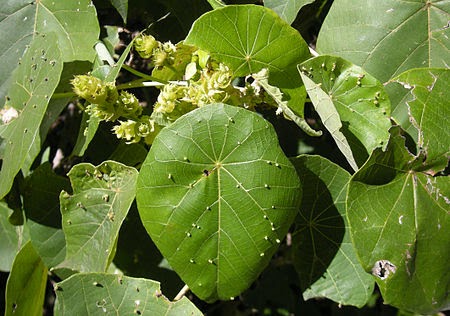




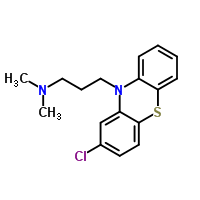


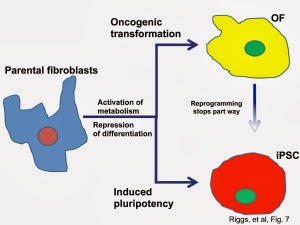


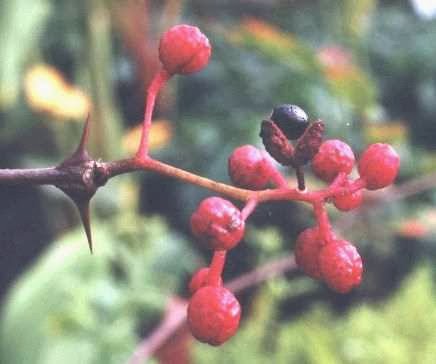
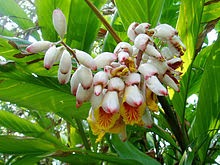


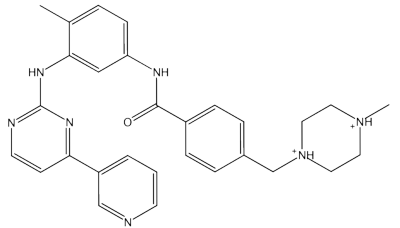

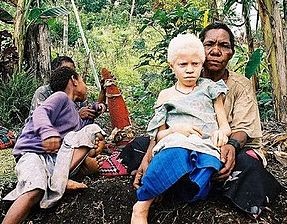

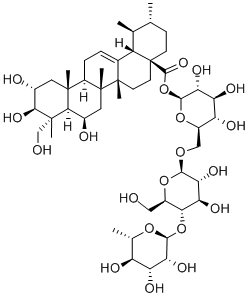


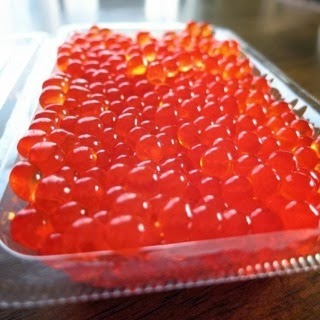



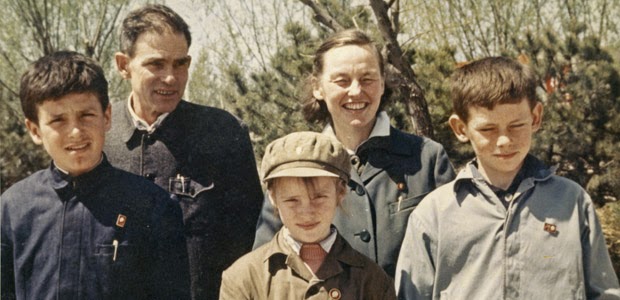






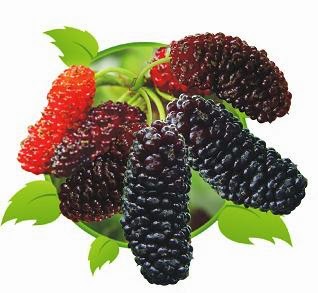













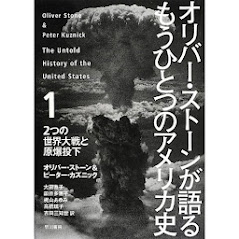

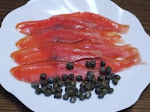



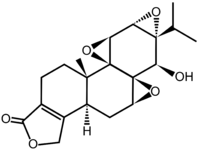










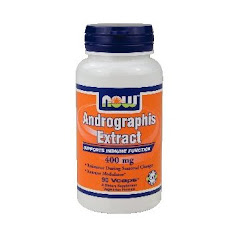





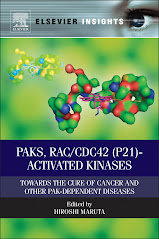





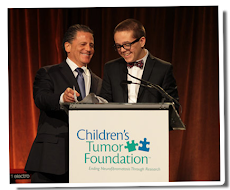




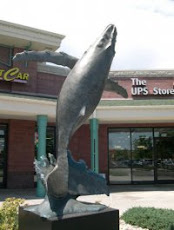















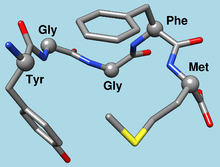



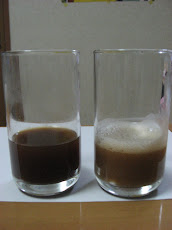
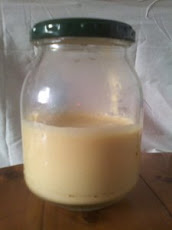
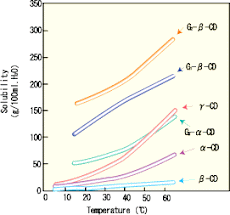









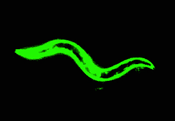





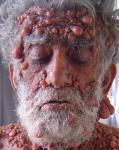



.jpg)















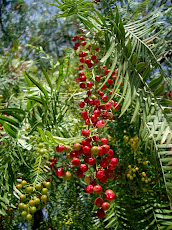




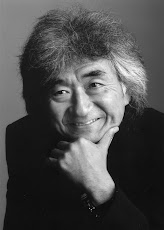




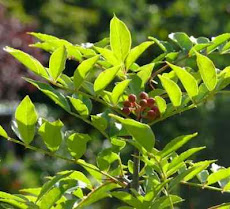
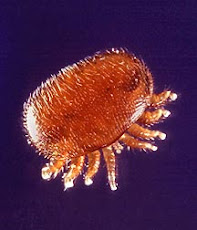
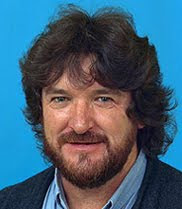



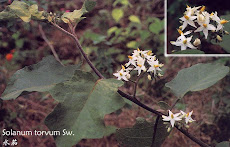





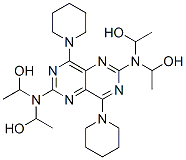

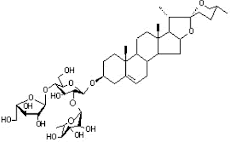
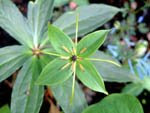














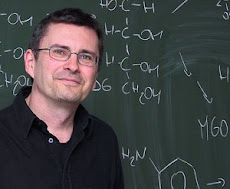


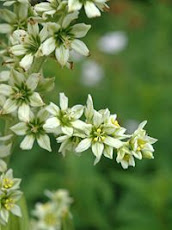

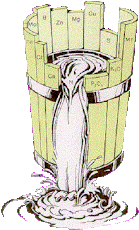



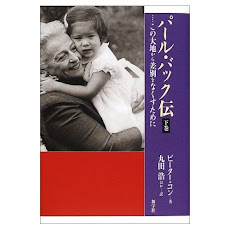






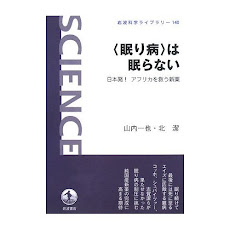












.jpg)
